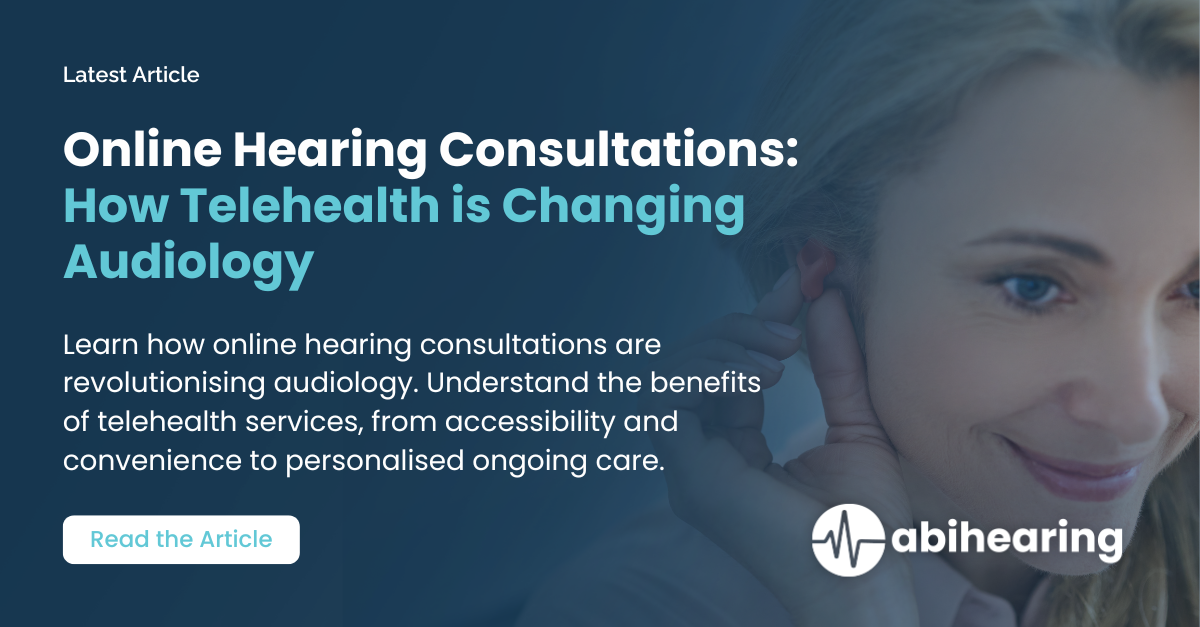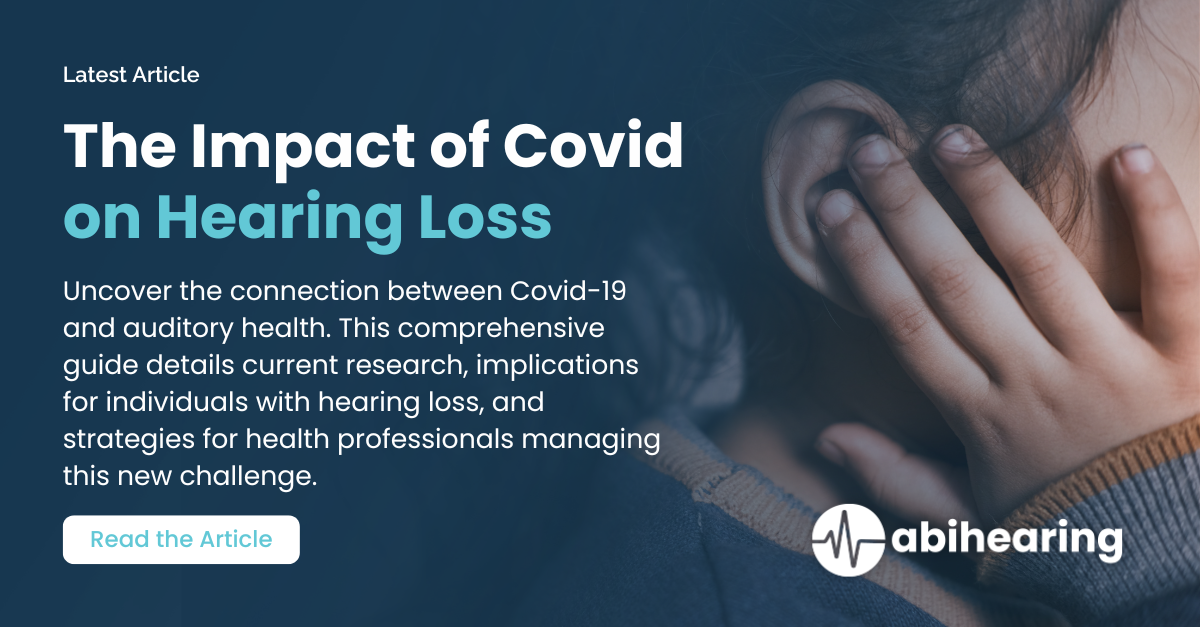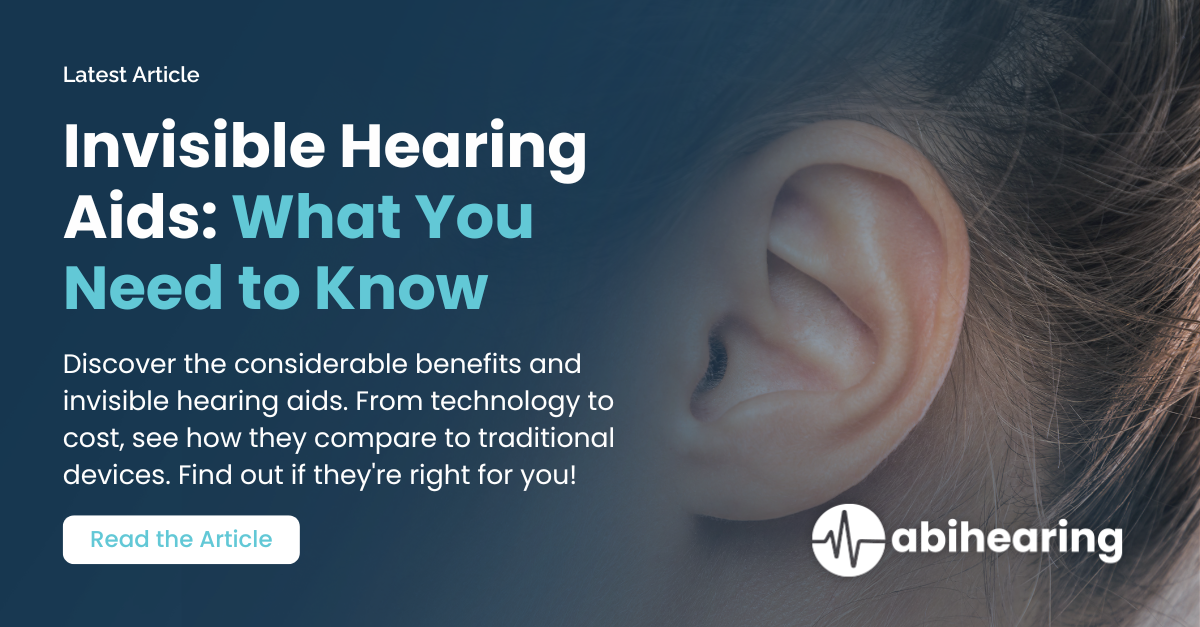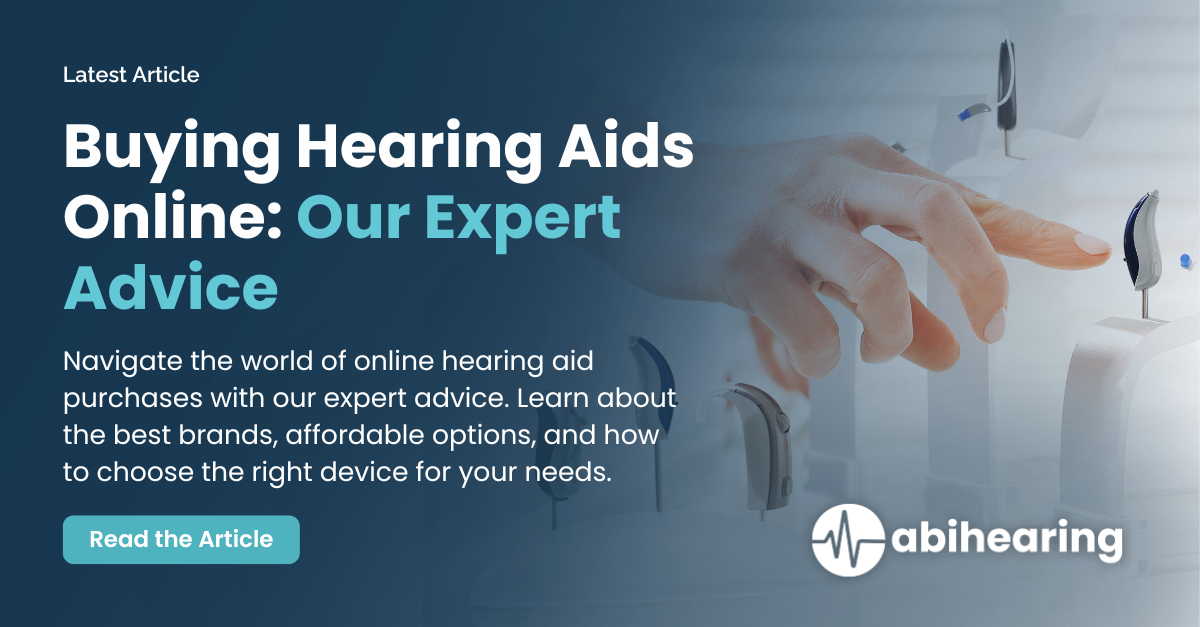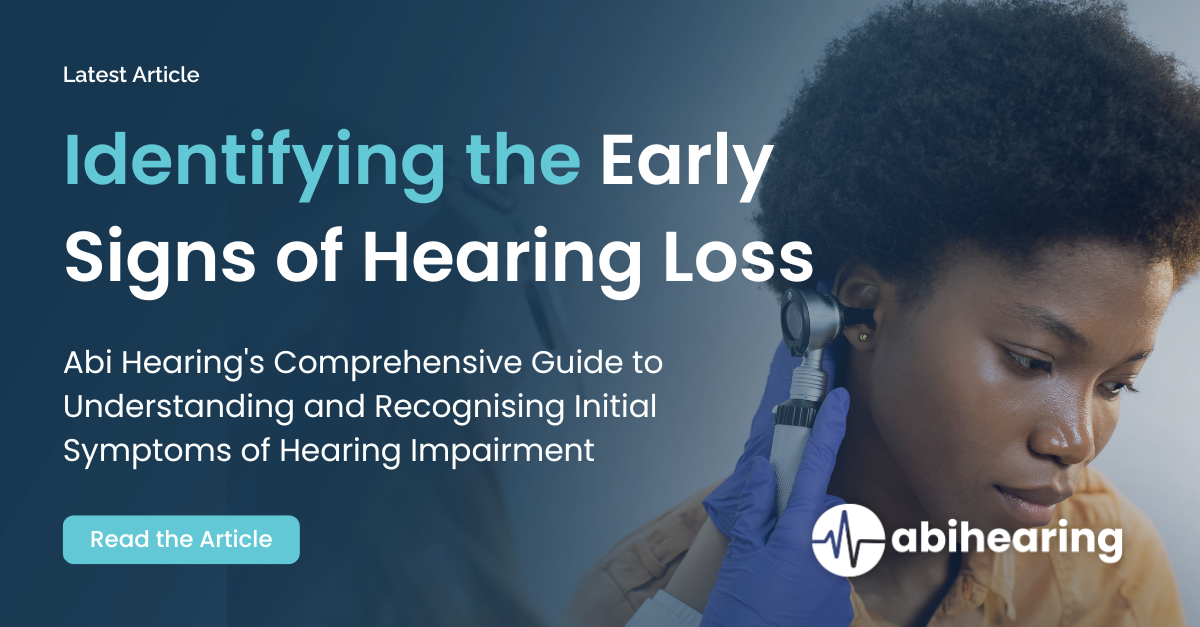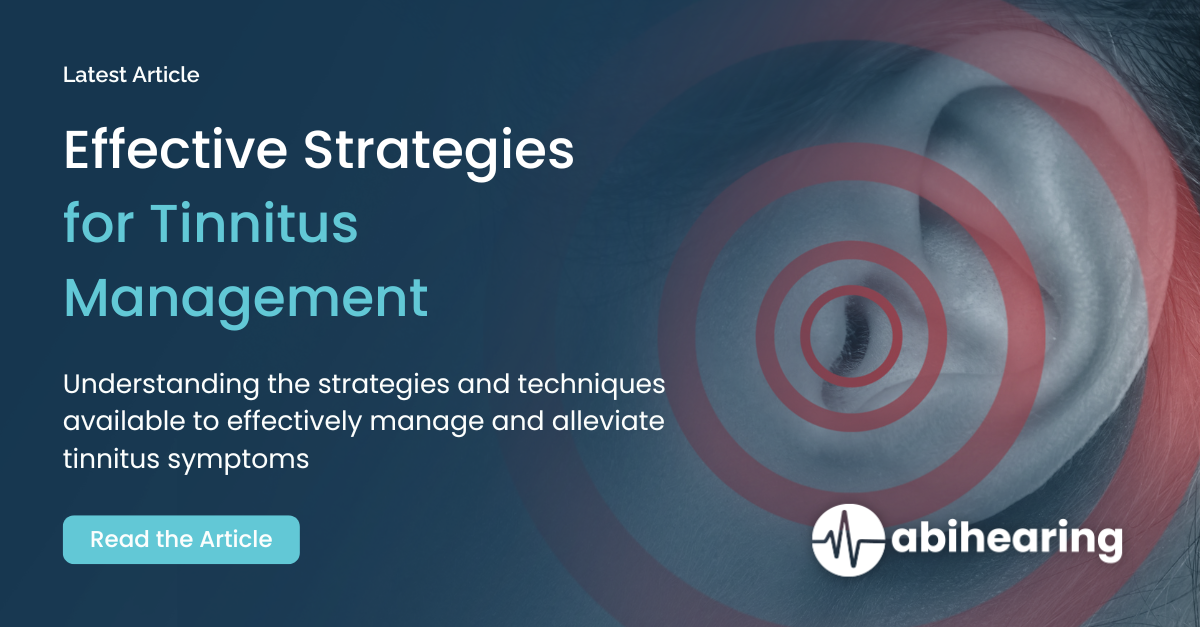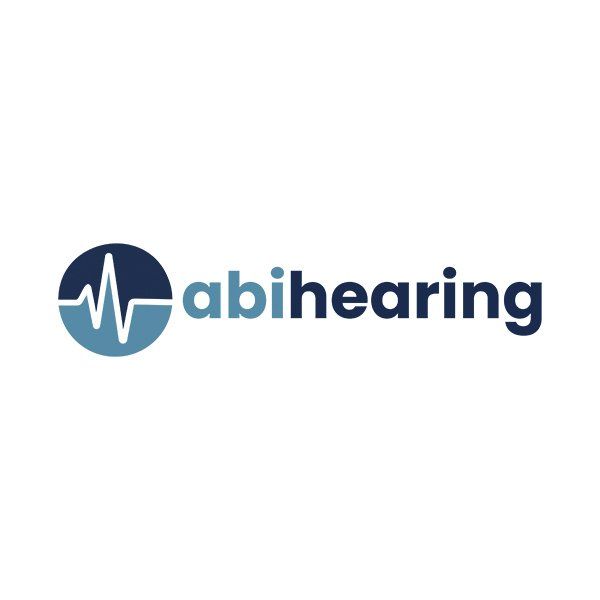Managing Ear Infections
While ear infections, especially in the middle ear, are quite common, there are also other ear conditions that can affect your hearing and balance. Ear pain is often not serious and can be treated quickly. However, if you develop a fever, have drainage from your ear, or lose hearing, then you should see a doctor right away.
There are several ways to prevent ear infections, including washing your hands regularly, not placing objects such as cotton swabs too deeply into your ear canal, and ensuring you keep up with regular hearing health check ups. If you think you may have an ear infection, see a doctor as soon as possible.
What Are the Causes of an Ear Infection?
You can get ear infection from:
Build Up of ear wax
Ear wax is a common cause of ear infections. Ear wax is a natural substance that helps protect the ear canal from bacteria and other debris. However, if too much wax accumulates, it can become hard to remove and can lead to infection.
Sickness, such as a cold or flu
Acute illness can also cause an ear infection. Viruses that cause the common cold or flu can spread to the ears and cause an infection. Ear infections are more common in children than adults, because children's eustachian tubes are narrower and more easily blocked.
Allergies & Hay fever
Allergies are a type of immune system response that occurs when the body comes into contact with a foreign substance, such as pollen, dust, or pet dander. Hay fever, also known as seasonal allergic rhinitis, is a type of allergy that occurs when the body comes into contact with pollen. Hay fever can cause symptoms such as sneezing, runny nose, itchy eyes, and throat, but can also on occasion cause ear infections.
Inner ear tissue damage
Inner ear tissue damage can be caused by a number of things, including infection, loud noise, and head injury. Damage to the inner ear can lead to hearing loss and balance problems. If you experience any sudden changes in your hearing or balance, you should see a doctor as soon as possible.
Excessive moisture
Exposure to moisture in the ear (especially from polluted waters) can also lead to ear infections. Be sure to keep your ears dry by using a hair dryer on low setting or a towel to dry them after swimming or showering.
Smoking excessively
Smoking can also increase your risk of developing an ear infection. Cigarette smoke is full of toxins and chemicals that can damage the ears and increase your risk of infection. If you smoke, try to quit for your overall health and to reduce your risk of developing an ear infection.
These are examples of the common causes of ear infection, but they aren't the only reason you may feel pain in your ears. Injuries to the ear, sudden or excessive exposure to loud noises and drastic changes in air pressure could also cause discomfort and damage. Perforated eardrums and the condition otosclerosis can lead to temporary or permanent hearing loss.
What Are the Various Types of Ear Infection?
A middle ear infection is the most common type. Also known as Otitis Media. This is usually caused by a cold or problems with the eustachian tubes, which regulate the pressure in the ear. Children are more likely to get middle ear infections than adults, but it can happen to anyone of any age.
A common type of ear infection that is often overlooked is otitis externe also known as swimmer’s ear. Otitis externa is a condition where the ear canal becomes infected between the eardrums and the outer ear.
Other types of ear infections include:
Myringitis
Myringitis is an infection of the eardrum. It can be caused by a number of things, including bacteria, viruses, or fungi. Symptoms of myringitis include ear pain, fever, drainage from the ear, and hearing loss. Myringitis is treated with antibiotics and typically resolves within a few weeks.
Mastoiditis
Mastoiditis is an infection of the mastoid bone, which is behind the ear. Mastoiditis results from a middle ear infection that spreads to the mastoid bone. Fever, headache, ear discomfort, and drainage from the ear are all common symptoms of mastoiditis. Antibiotics are used to treat mastoiditis and it usually goes away in a few weeks.
Neuronitis
Vestibular neuronitis is a condition in which the vestibular nerve, the branch of the eighth cranial nerve that helps control balance, becomes inflamed. Vestibular neuronitis can occur as a single, or multiple severe bouts of vertigo that lasts 7 to 10 days. The first episode of dizziness is usually the most severe. Neuronitis is treated with antibiotics.
What Are the Symptoms of Ear Infection?
There are many symptoms of ear infection. The most common include throbbing pain, redness, and ringing in the ears.
You may also notice the following signs and symptoms of an ear infection:
- Sleeping difficulties, especially in toddlers
- Fever
- Hearing loss
- Loss of balance
- Headache
How to Treat Ear Infection
Ear infections are best treated by addressing the root cause. Ear infections can be prevented by frequent cleaning and drying your ears, particularly if you swim a lot. There are a few things you can do at home to relieve pain in your ears. You can apply heat or coolness to the problem area or sleep on the side of infection to help drain the fluid. You should not attempt to clean out your ear canals if you suspect that there is a build up of ear wax - this can cause more damage than good. A audiologist or doctor is the best person to consult as they will diagnose the root cause of your pain, and then recommend the best treatment.
Need Help With Ear Infections?
If you are experiencing any of the symptoms of ear infection, it is best to see a doctor or audiologist. Hearing health professionals can help determine the cause of your pain and prescribe the best treatment for you. If you are having difficulty hearing, have lost balance, or have a fever, then get in touch with our team of experts.

